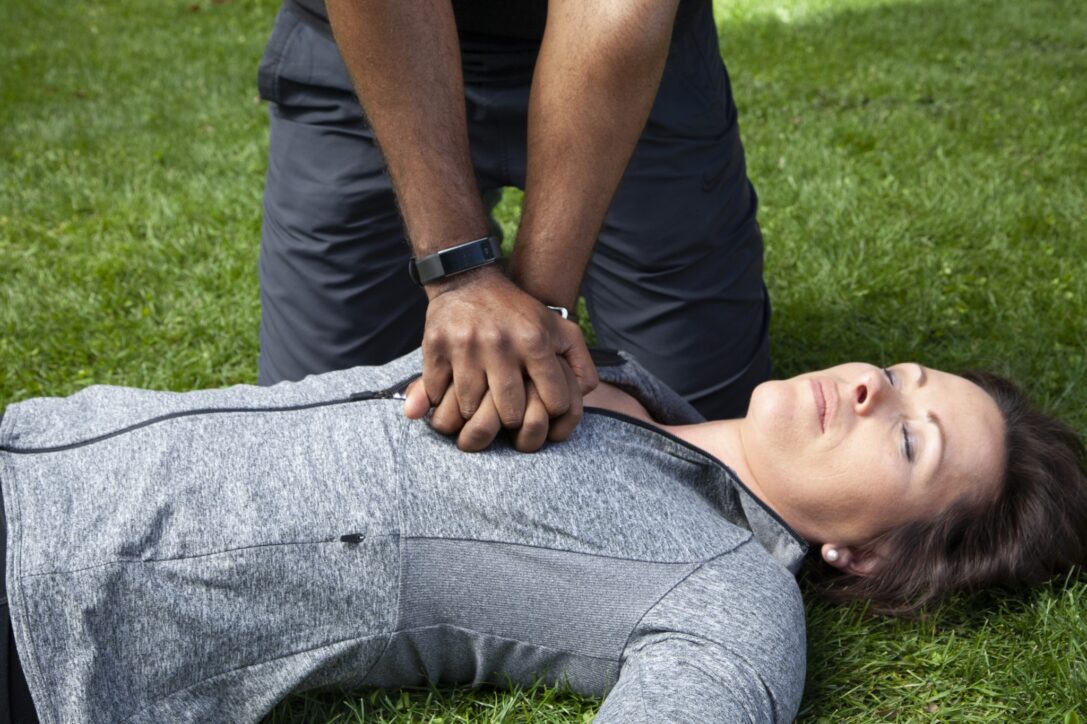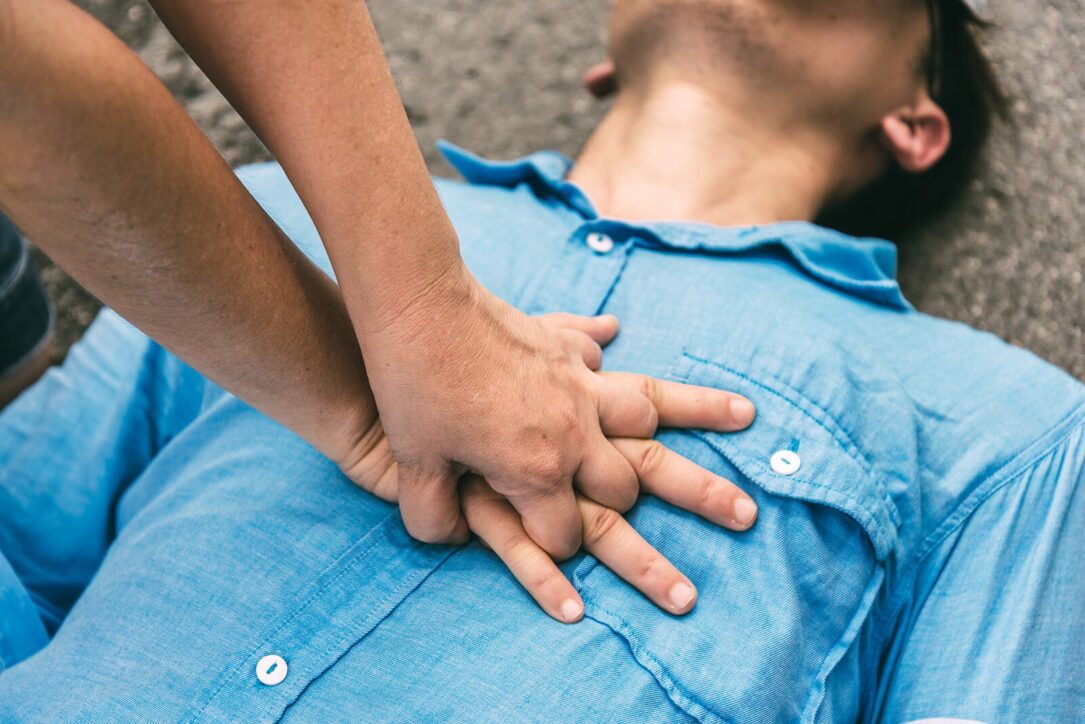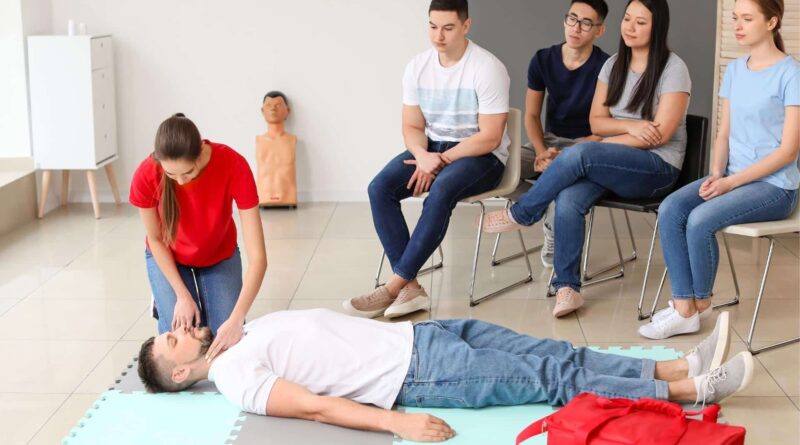Your Guide to Effective CPR: Insights from First Aid Training
Cardiopulmonary resuscitation is a critical life-saving technique that can make a significant difference in emergencies involving cardiac arrest. Whether you’re a concerned citizen or a healthcare professional, having a solid understanding of CPR can mean the difference between life and death.
In this guide, we’ll explore the key insights from first aid training to help you perform effective CPR when it matters the most.
Understanding CPR: A Brief Overview

CPR is a technique that combines chest compressions and rescue breaths to maintain blood circulation and oxygenation in a person whose heart has stopped beating. The goal is to buy time for professional medical help to arrive while keeping vital organs supplied with oxygen-rich blood. For a more in-depth understanding of the step-by-step process, you can learn more if you click here.
The Importance of Quick Action

Time is of the essence when it comes to performing CPR. The chances of survival decrease rapidly with each passing minute after a cardiac arrest. Immediate initiation of CPR can double or even triple a person’s chances of survival. Therefore, do not hesitate to act when you come across someone who has collapsed and is unresponsive.
Steps to Perform CPR
Check for Responsiveness: Before starting, check if the person is responsive. Gently tap the person and shout loudly to assess their consciousness. If they don’t respond, it’s time to act.
Call for Help: If there is someone nearby, ask them to call emergency services while you begin. If you’re alone, perform it for about two minutes before calling for help.
Start Chest Compressions: Place the heel of your hand on the center of the person’s chest (usually between the nipples). Interlock your fingers and position yourself with straight arms. Press down hard and fast, aiming for a rate of 100-120 compressions per minute. Let the chest fully recoil between compressions.
Rescue Breaths: After 30 compressions, give two rescue breaths. Tilt the person’s head slightly backward, pinch their nose shut, and give two slow breaths. Watch for the chest to rise with each breath.
Continue Compressions and Breaths: Alternate between 30 chest compressions and 2 rescue breaths. Continue until the person shows signs of life, emergency personnel arrive, or you are too exhausted to continue.
Use an AED: If an automated external defibrillator (AED) is available, use it as soon as possible. Follow the device’s prompts for attaching electrodes and delivering shocks.
Quality Matters

When performing CPR, the quality of your compressions and breaths is crucial. Ensure your chest compressions are deep enough (about 2 inches) and that you allow for full chest recoil. Effective rescue breaths should create a visible chest rise. Remember, even if you’re not a medical professional, your efforts can significantly impact a person’s chances of survival.
Conclusion
First aid training equips you with the knowledge and skills to respond effectively in emergency situations, especially when it involves CPR. By understanding the importance of timely action, following the proper steps, and focusing on quality compressions and breaths, you can contribute to saving lives.
Remember, the confidence to perform CPR comes from practice and training, so consider taking a certified first aid course to hone your life-saving skills.
As you already know, all workplaces require their employees to go through first-aid training. If you haven’t been on one yet, you have nothing to worry about. Our article will navigate you through the process of workplace first-aid training so that you know what to expect and how you should prepare for it.



